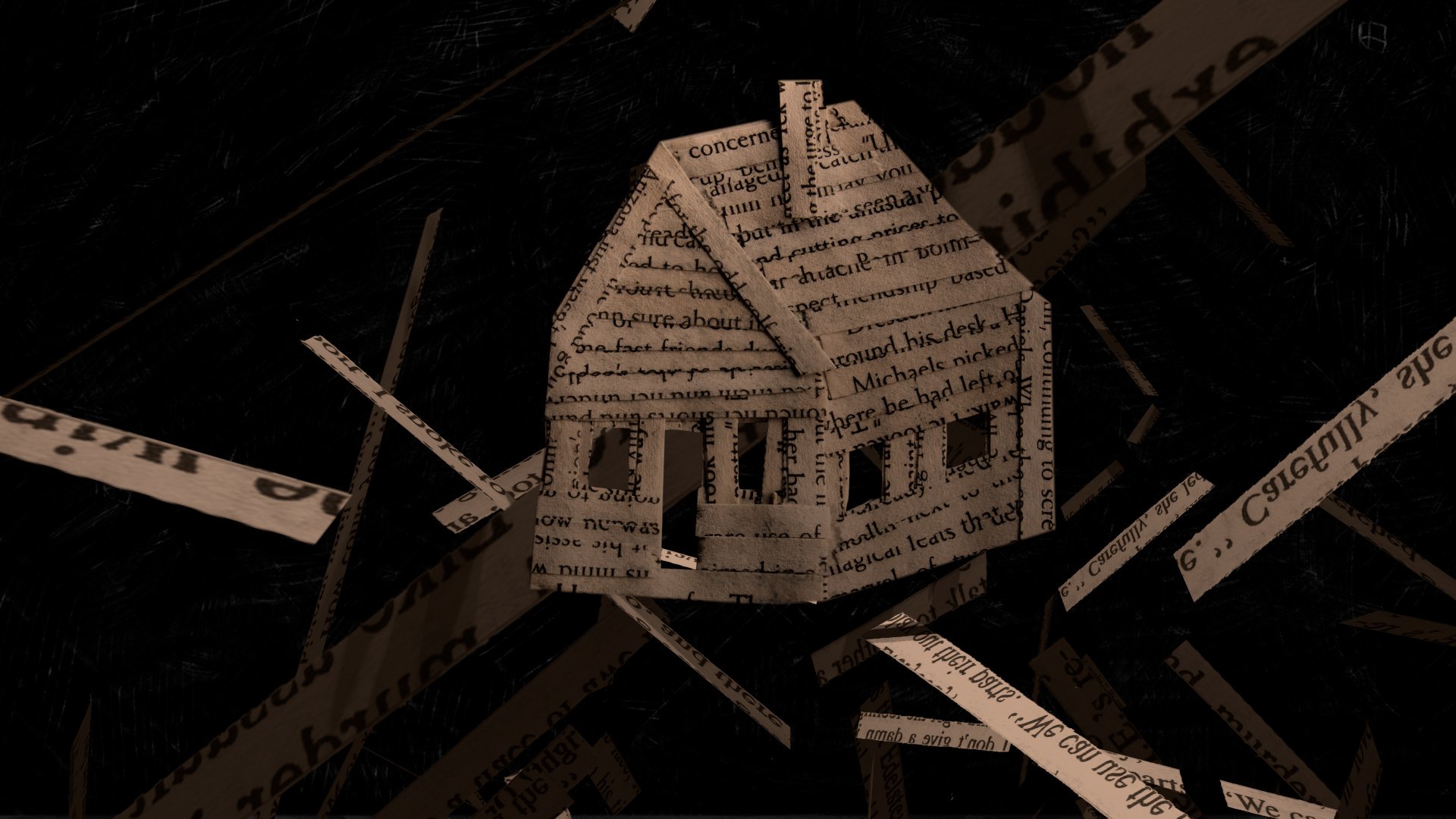In choreographer and theater director Jack Ferver’s My Town, the small town is a portal that provides special access into questions of self-expression and collective agency. Set loosely in an area of upstate New York, My Town considers the queer experience outside urban metropoles, and the ways physical geography marks the interior terrains of the mind.
Ferver has described the project as “exploring the disappearance of the femme,” taking a queer departure from the classic American play Our Town by Thornton Wilder in which the female protagonist Emily passes away. My Town is closely informed by the experience of building an art practice in the dense and intense environment of New York City, and the piece deals also with Ferver’s experience growing up in a small town in Wisconsin, and experiencing early familial tragedy.
Moving through tragicomic moments of violence, sexuality, and loss, Ferver balances the work with a playfulness and self-awareness that lifts the work into a surreal register. The fluidity of the work is echoed in the video by acclaimed filmmaker and artist Jeremy Jacob that frames the work and interacts with Ferver’s performance, enabling one scene to melt into another as if in a dream.
Ferver shifts through choreography and theatrical sketches throughout the work. As with many of Ferver’s past projects, My Town focuses heavily on constructing a persona, and also plays at the edge of the fictive and the real.
Written, Choreographed, and Performed by Jack Ferver
Visual Design and Music by Jeremy Jacob
ABOUT EMPAC
Artist production residencies are the heart of the curatorial program at EMPAC. Much of the work that we commission and present is developed in collaboration with our curatorial and production staff during artist residencies. Artists benefit from unparalleled access to EMPAC's technological infrastructure for making their work, which includes dedicated support from an expert team of video, audio, stage, and production engineers and technicians. Residencies are often planned years in advance to afford time for extended engagement between artists and EMPAC staff. The number of residencies, as well as the structure and length of each, is tailored in conversations with the individual artist and for the specific project.

